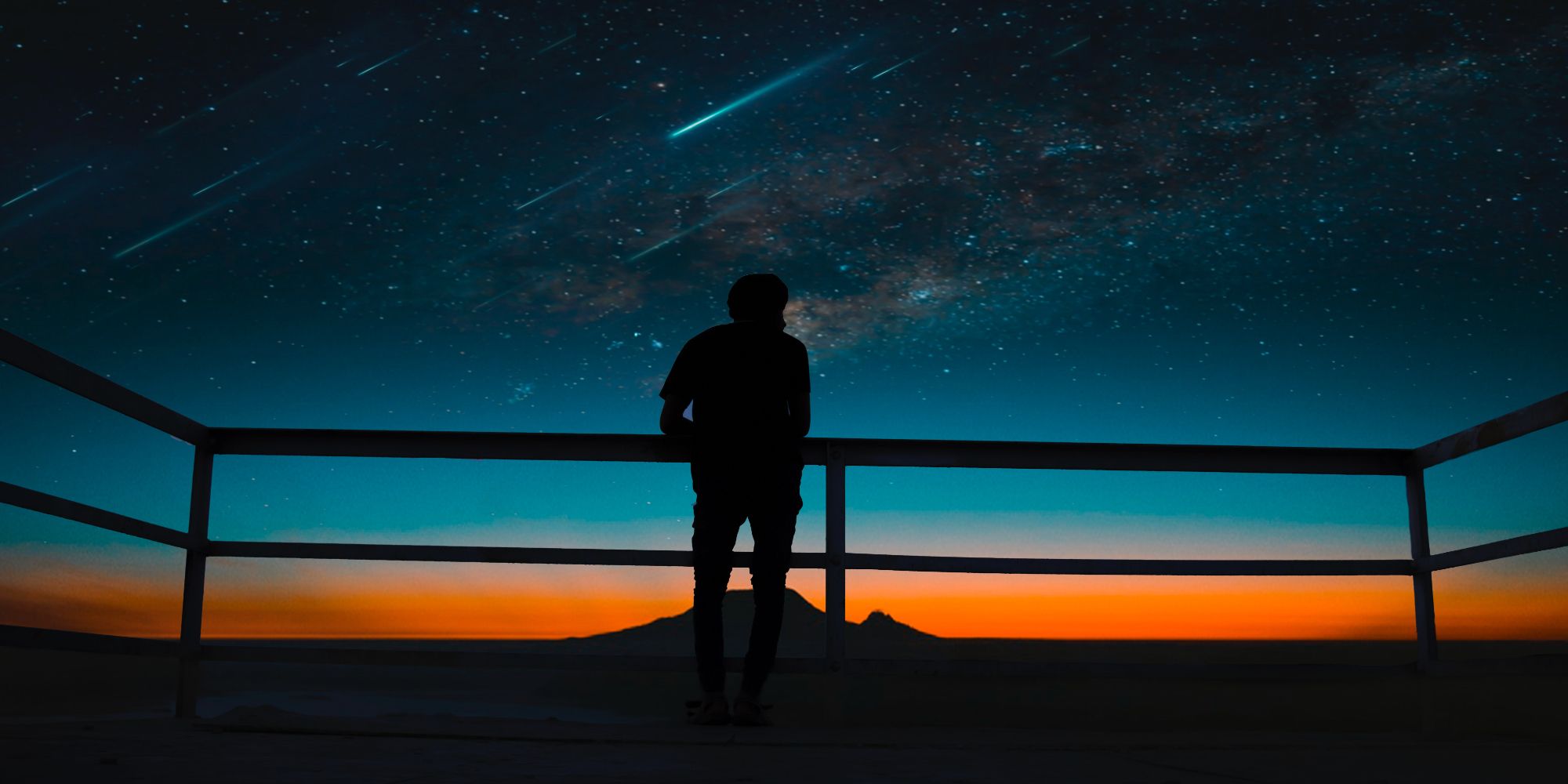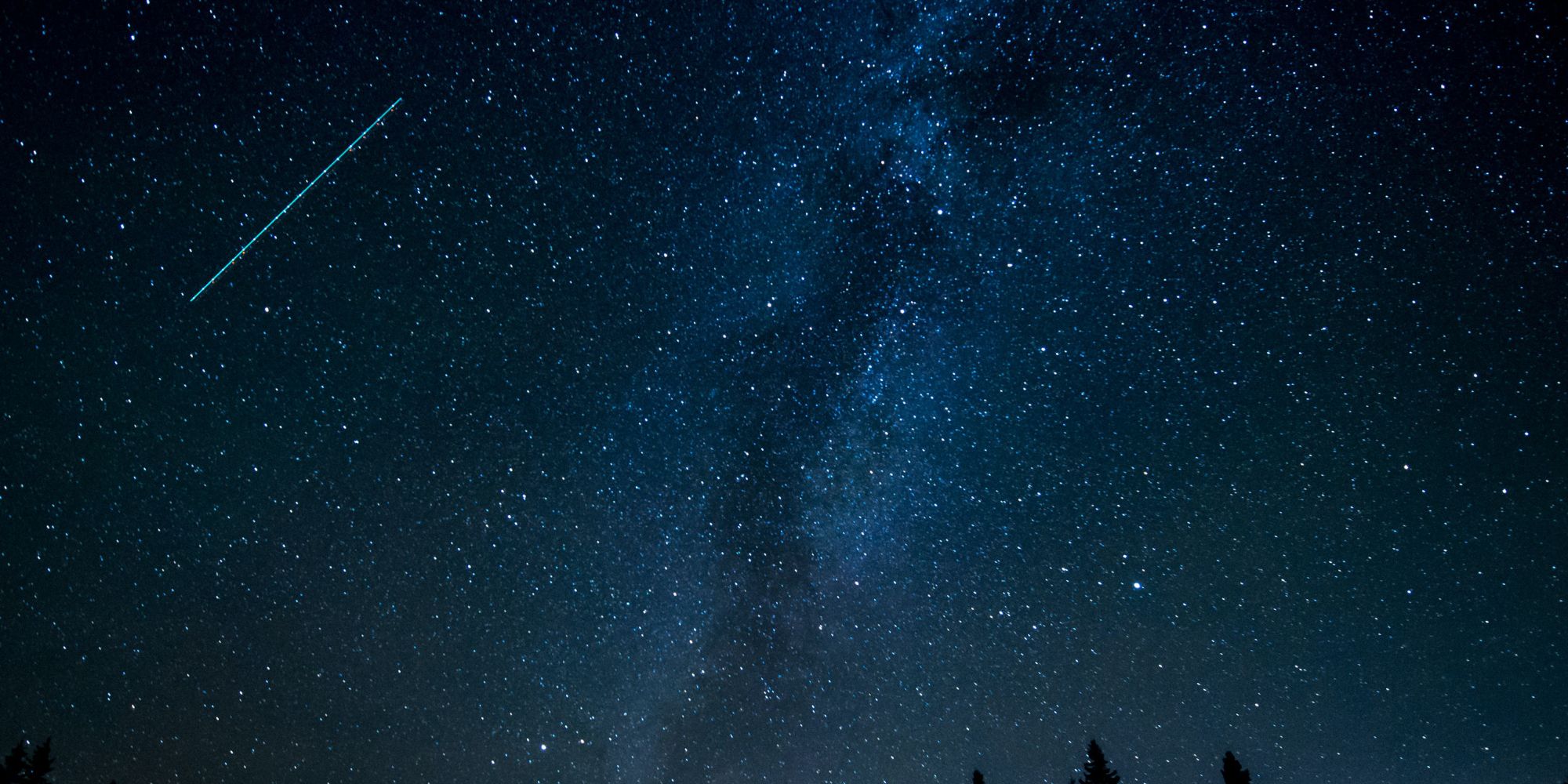NASA has confirmed that the Perseids meteor showers have officially begun, gracing the night skies with gorgeous sights and colors throughout the next month. The Perseids are widely considered the best meteor shower of the entire year, but here's a question: How does someone actually watch them? Although there's no way to guarantee a perfect view, there are a few tips to keep in mind to try and get the best seat possible.
Meteor showers are a regular, and stunning, occurrence on Earth. There are about 30 distinct showers that happen each year, with each one featuring unique characteristics that set it apart from the others. The Quadrantids shower in January, for example, has a peak viewing of just a few hours and is known for lighting up the sky with bright fireballs. By comparison, the Lydris shower in April is iconic for its sheer unpredictability — showcasing anywhere between 20 and 100 meteors per hour.
In the case of the Perseids, NASA says it's "the best meteor shower of the year" — filling the sky with up to 100 meteors every hour! Peak viewing occurs in mid-August, though the showers are active anytime between July 14 and August 24. Perseids consists of fast, bright meteors that leave long strands of light/color in the night sky. Along with smaller meteor streaks, Perseids is also home to fireball sightings. As NASA describes, "Fireballs are larger explosions of light and color ...this is due to the fact that fireballs originate from larger particles of cometary material." The best part is that Perseids are easily seen from virtually anywhere in the Northern Hemisphere. So long as someone is above the equator, catching a glimpse of Perseids should be relatively easy.
Other Tips For Watching The 2021 Perseids Meteor Showers
The Northern Hemisphere is the best location to catch the Perseids meteor showers, but what's the best time? NASA says that pre-dawn hours are when Perseids are most likely to be seen, though it is possible to view them as early as 10:00 PM local time. This will vary night after night, but for anyone who wants to see Perseids in their full glory, expect to pull an all-nighter or wake up extra early. For anyone that puts up with the hassle, they'll have the best chance at catching Perseids in all of their beauty. Exact viewing times will vary by location, but this is the general rule of thumb.
Outside of that, all general meteor shower viewing tips apply with Perseids. Rather than heading outside right when the shower is expected to be visible, try going out around 20-30 minutes ahead of time. This should allow someone's eyes to properly adjust to the darkness of the night, ensuring they can see the shower as clearly as possible. It's also a good idea to view Perseids from an area with minimal light pollution. Get far away from the city, find a cozy spot in the country, and that'll allow the meteor shower to shine without any disturbance from surrounding light sources. Keep these tips in mind, be safe, and enjoy the Perseids show!
Source: NASA


